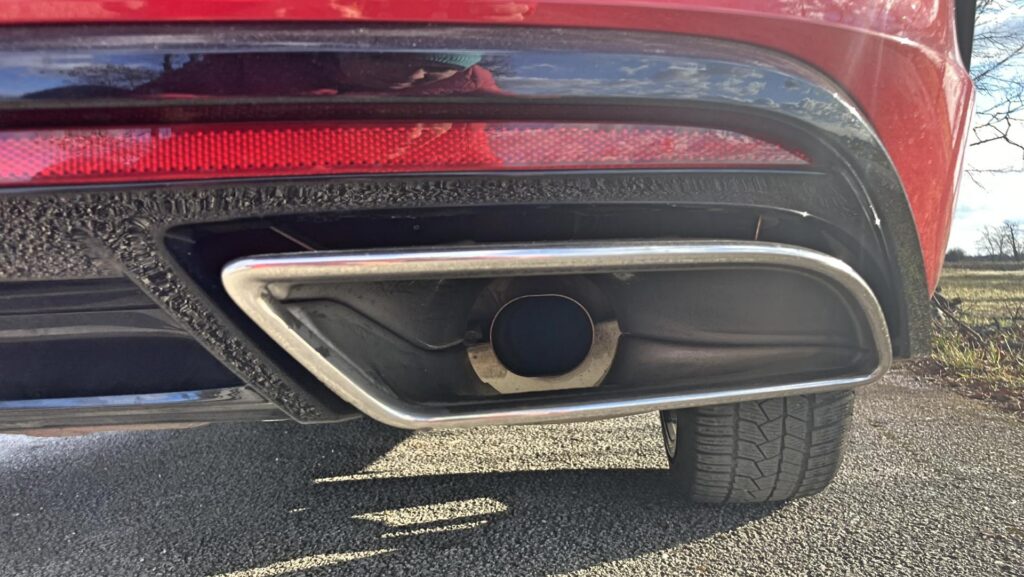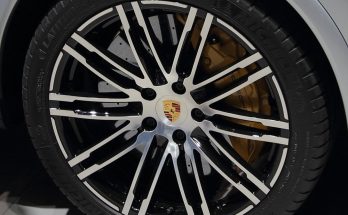During the winter, a number of problems can appear, which are related to the fact that water and, above all, low air temperature cause several complications that need to be solved in connection with the car. One example is definitely frozen brakes. If it is a situation where you reach the end, apply the handbrake and then the jaws on the disc freeze, the solution is quite simple. Either you can kick the wheel a few times, which will definitely loosen the ice, as well as you can try to start slowly and get the car moving. This is also a situation where the ice loosens quite quickly and easily. If the defect in question is this particular problem, it is more than clear that the repair can be solved by anyone on the spot, in a few seconds, without any necessary tools. Nowadays, every driver basically knows these tricks. We also have to say that many drivers don’t even use the handbrake during the winter for that very reason, but brake freezes have been eliminated. If they are not parking on a slope, but on a flat surface, it is sufficient for them to engage the first gear, which will brake the car.
However, frozen brakes can be connected to another situation, which is already a little more serious. In such a case, water may even flow into the entire cableway. In that case, the procedure described above will certainly not help. The specific diagnosis of the given defect is quite simple. It happened that you have released the handbrake, but the rear wheels are still braked and the above procedure does not work. In such a case, it is necessary to solve the given problem urgently by taking hot water, which you will gradually pour on the ropeway and alternately releasing and retracting the handbrake. This will release the cable and free your car. Furthermore, you can go anywhere. Just remember on your travels that applying the handbrake will not be the best in the cold. When it is necessary to secure your car, it is better to combine the selected speed and to secure the wheels with a brick or a stone.
Fix the problem
Of course, the repair should not take place just by putting the braking system into operation for a short time so that we can set off. It is important to think about the repair in the long term as well, as frozen brakes are definitely not pleasant in winter. The first step should be to identify a specific defect. And that of a specific place where water can flow into the area of the entire cableway. Here you simply need to proceed step by step and examine any damage. It can be, for example, classic damage to the cable, just as it can be a seemingly trivial thing, such as the fact that the dust cover is damaged, which is used to eliminate the penetration of solid dirt to the cable itself.
It doesn’t really matter when you diagnose a specific defect, because remember that even if it can bother you the most in the winter, it can cause major complications at any time of the year. Why? Primarily, for example, because even larger dirt can get into the cable, which will primarily cause damage and possible poor functionality of the handbrake. In the same way, classic water leakage is and will be harmful, which will naturally also affect possible corrosion. Both of these are the main reasons to take the path that will be associated with a more consistent correction of the given specific problem.
Line replacement
The ideal repair procedure is nothing more than replacing the entire line. This is both because it may seem like the easiest part and also because you yourself do not know exactly how long the line duct or dust cover has been damaged and how long water has been entering the brake system in question. You can also be sure that this form of repair is not that expensive either. In addition, if it is an older car, it is good to count on the fact that in the future it would be very difficult to avoid the given repair for other reasons, so it is good to implement it right now. You will be sure of a very well-functioning handbrake, and you will also be sure that driving during the winter and applying it will not be any problem.
Think about prevention
If you decide to go the exchange route, this is definitely the best option to take. However, it is also good to think about possible prevention. The braking system in question is, in short and simply, a place where it is necessary to think about repelling water and eliminating any freezing in principle. Therefore, after replacing the cable, we recommend that you also focus on having it thoroughly sprayed. And this both for the reason that the movement of the cable is as good as possible, and also for the reason that water does not penetrate here. Today, many spray lubricants offer, in addition to their classic properties, also those that can repel water quite significantly. And this will help both as a prevention, and it can also eliminate the problem in future years, when a possible crack appears again. For this reason, we recommend that those who have not yet experienced this problem take a look at their cable guide and rather lubricate it in such a way that it repels water.
Only for some cars
What is a good reminder? Definitely also information about the fact that frozen brakes may not always appear on every car. This is mainly due to its construction itself and the fact that water has a tendency to flow into the cableway in the event of damage. If we look at specific cars that may have a problem, it is, for example, the Opel car manufacturer, which is a perfect example of the fact that when the dust cover bursts, water gets into the cable quite simply and quickly. If temperatures drop below freezing, it is more than clear that the problem will appear.


